SOURCE: RAUNAK KUNDE / NEWS BEAT / IDRW.ORG


The Research & Development Establishment (Engineers) (R&DE(E)), a premier research organization under the Defence Research and Development Organisation (DRDO), has made significant strides in developing small-scale demonstrator technologies for Electromagnetic Launch Systems (EMALS). These technologies hold the potential to revolutionize aircraft launch operations, particularly for naval applications.
R&DE(E) has successfully developed a scaled technology demonstrator that can launch payloads up to 400 kg (equivalent to a UAV) within a short span of 16 to 18 meters. The focus is now on scaling up these technologies to create a full-fledged EMALS system for naval aircraft carriers.
Continue readingSOURCE: RAUNAK KUNDE / NEWS BEAT / IDRW.ORG


In a significant step towards enhancing the capabilities of the Indian Armed Forces, the Defence Research and Development Organisation (DRDO) and Hindustan Aeronautics Limited (HAL) are set to collaborate on the development of an indigenous airborne electronic warfare (EW) pod for the Light Combat Helicopter (LCH) Prachand.
The EW pod is designed to be integrated into the inner tower of the LCH, providing crucial electronic countermeasures to protect the helicopter from radar-guided missiles and other threats. Notably, the pod’s cylindrical, streamlined design will ensure its compatibility with other rotary-wing platforms, expanding its potential applications beyond the LCH.
Continue readingSOURCE: RAUNAK KUNDE / NEWS BEAT / IDRW.ORG


India has emerged as a potential supplier of helicopters for the Argentine Navy, as confirmed by the Chief of General Staff of the Argentine Armada, Contralmirante Carlos María Allievi.
Hindustan Aeronautics Limited (HAL) has extended an offer to the Argentine Army for its ALH-Dhruv and LUH helicopters to replace the ageing Bell UH-1 fleet. To enhance the prospects of securing the contract, HAL has proposed technology transfer for the local assembly of these helicopters. This move aligns with the company’s broader strategy to expand its footprint in the South American market, where several countries have expressed interest in its products.
Continue readingSOURCE: IDRW.ORG TEAM


The Defence Research and Development Organisation (DRDO) of India has developed the guided Pinaka system, a highly accurate artillery rocket system with a range of 90 kilometers. This system is now attracting significant attention from Eastern European countries. While DRDO remains tight-lipped about the specific countries involved, sources indicate that negotiations are ongoing with at least two nations in the region.
The growing interest follows India’s success in exporting the Pinaka system to Armenia, a deal that has spurred interest in other countries as well, including those in Southeast Asia. The guided Pinaka system, which was initially an unguided rocket, has been transformed into a high-precision weapon through the integration of a Guidance, Navigation & Control (GNC) kit developed by the Research Centre Imarat (RCI), a laboratory under DRDO.
Continue readingSOURCE: IDRW.ORG TEAM
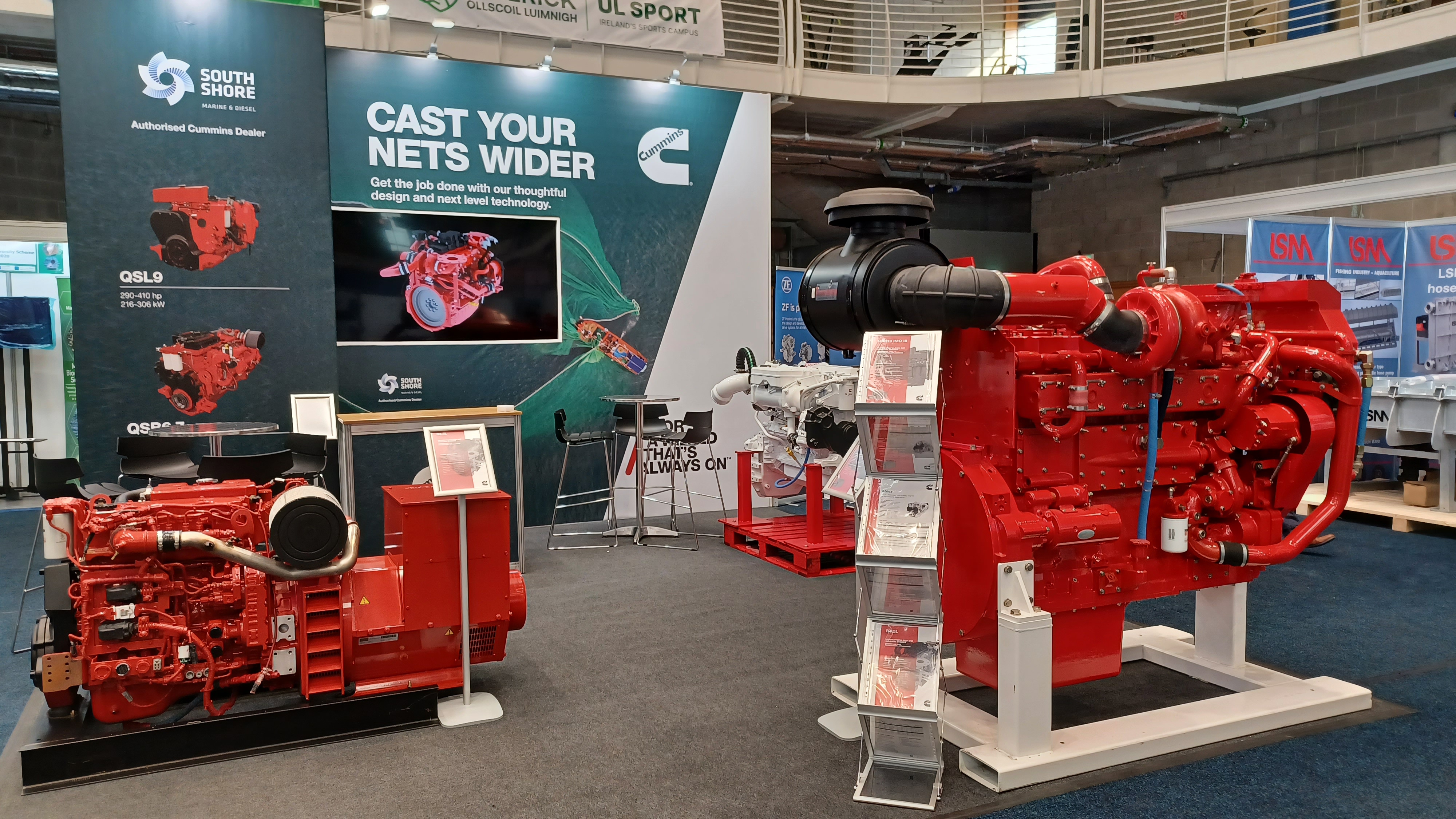

Marine Electricals (India) Limited has entered into a strategic memorandum of understanding (MoU) with Cummins India to jointly manufacture and supply pumps for Indian Navy ships. This collaboration aims to strengthen India’s indigenous defense capabilities and meet the growing requirements of the naval fleet.
Under the terms of the MoU, Marine Electricals will be responsible for manufacturing pumps specifically designed for naval applications. Cummins India, a global leader in power solutions, will provide its expertise and technology to support the manufacturing process. The partnership will also include supply, commissioning, and after-sales services for the pumps, ensuring their optimal performance and reliability.
Continue readingSOURCE: RAUNAK KUNDE / NEWS BEAT / IDRW.ORG
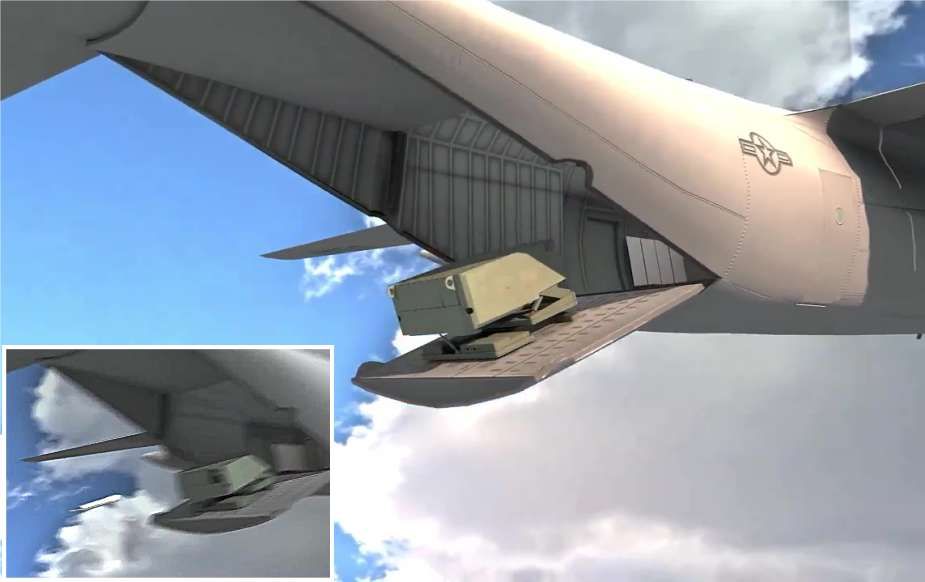

The Indian Air Force (IAF) is setting its sights on a groundbreaking tactical innovation: deploying loitering munitions from its fleet of C-130J Super Hercules military transport aircraft. This concept, already being explored by the United States Air Force (USAF), has the potential to transform the IAF’s offensive capabilities.
Loitering munitions, also known as kamikaze drones, are small, unmanned aerial vehicles (UAVs) armed with explosives. They can loiter over an area for extended periods, waiting for targets before attacking.
Continue readingSOURCE: RAUNAK KUNDE / NEWS BEAT / IDRW.ORG


The Defence Research and Development Organisation (DRDO) is set to enhance the underwater capabilities of the Indian Navy’s Kilo-class submarines with the upgraded USHUS-2 sonar suite. This state-of-the-art system, developed by the Naval Physical and Oceanographic Laboratory (NPOL), will replace the older USHUS sonars on the remaining 3 Kilo-class submarines.
Currently, five of the nine frontline Kilo-class submarines, also known as EKM-class, are equipped with the earlier version of the USHUS sonar system out of which Two have been retired or transferred.
Continue readingSOURCE: RAUNAK KUNDE / NEWS BEAT / IDRW.ORG


The Indian Air Force (IAF) has issued an Expression of Interest (EOI) for comprehensive maintenance services for its fleet of 73 PC-7 MKII aircraft. This tender, identified by the reference number AirHQ/85902/1/ENGBT(LGSPC7), falls under the Miscellaneous Services category and will be conducted as a single-stage bidding process.
The EOI seeks to engage qualified contractors who will be responsible for delivering extensive maintenance services for the PC-7 MKII aircraft. These aircraft are integral to the IAF’s training operations and are stationed at two key locations which are Air Force Academy (AFA) Hyderabad and Air Force Station (AFS) Tambram.
Continue readingSOURCE: IDRW.ORG TEAM


The Indian Navy has significantly enhanced its surveillance capabilities by installing a state-of-the-art radar on its INS Mysore, a Delhi-class guided-missile destroyer. The newly integrated Lanza-N 3D air surveillance radar, developed by Spanish company Indra, forms part of the vessel’s comprehensive mid-life upgrade.
This installation marks a significant milestone in the Indian Navy’s modernization efforts. The Lanza-N radar, renowned for its long-range and precision, will provide the INS Mysore with superior situational awareness, enabling it to detect and track aerial threats at greater distances.
Continue readingSOURCE: IDRW.ORG TEAM
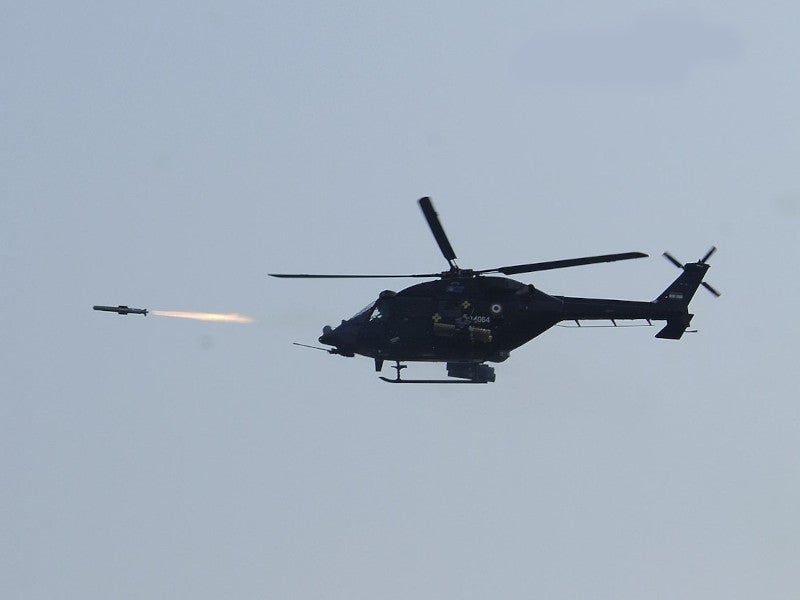

Bharat Dynamics Limited (BDL) has announced that user trials for the HELINA anti-tank guided missile (ATGM) are set to commence within the next year. The HELINA, a third-generation fire-and-forget missile, will be integrated onto the Light Combat Helicopter (LCH) Prachand, developed by Hindustan Aeronautics Limited (HAL).
Vinod Kumar, GM at BDL, confirmed that developmental trials of the HELINA have been successfully completed on the ALH-Rudra Weapon System Integration (WSI) helicopter. The upcoming user trials will evaluate the missile’s performance on both the ALH-Rudra WSI and the LCH-Prachand.
Continue readingSOURCE: RAUNAK KUNDE / NEWS BEAT / IDRW.ORG


The Defence Research and Development Organisation (DRDO) is steadily fortifying India’s defence capabilities with the progressive development and deployment of its Ballistic Missile Defence (BMD) system. The nation is now under a multi-layered shield, designed to intercept incoming ballistic missiles at various altitudes.
Phase I of the BMD program has seen the deployment of the Prithvi Defence Vehicle (PDV) and Advanced Air Defence (AAD) interceptor systems across the country. These systems are designed to intercept ballistic missiles with ranges up to 2,000 km, providing a robust shield against medium-range threats. The deployment of these interceptors enhances India’s defensive capabilities and demonstrates the country’s progress in indigenous missile defence technology.
Continue readingSOURCE: RAUNAK KUNDE / NEWS BEAT / IDRW.ORG
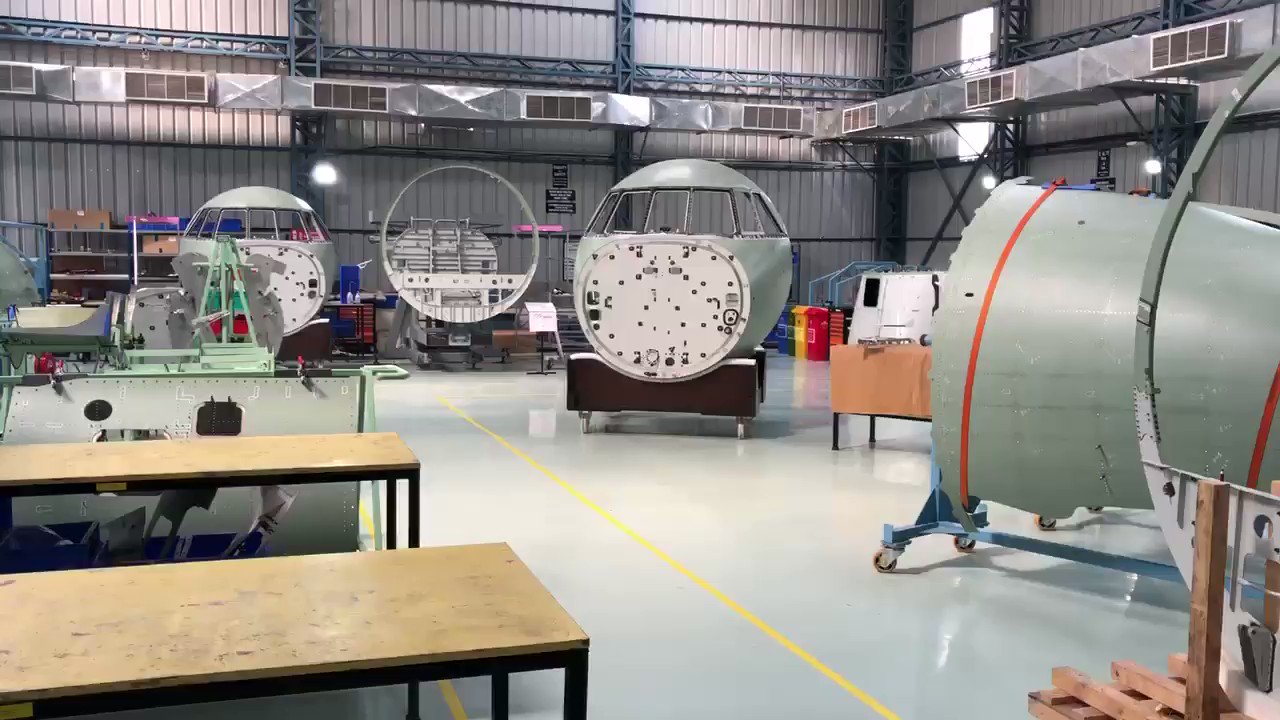

French aerospace giant Dassault Aviation is making a significant move to take full ownership of Dassault Reliance Aerospace Ltd (DRAL), located within Nagpur’s MIHAN Special Economic Zone (SEZ). This bid comes as Dassault aims to secure a contract for manufacturing Rafale jets in India under the Medium Multi-Role Fighter Aircraft (MRFA) tender for 114 jets from the Indian Air Force (IAF). However, this proposal is encountering resistance from the Indian Ministry of Defence (MoD).
Dassault’s pursuit of 100% ownership of DRAL is driven by its desire to have absolute control over the supply chain within India. The French firm argues that this control is crucial for meeting both domestic and export demands efficiently. While parts for Rafale jets are already being sourced from DRAL, the facility requires significant investment and expansion to be capable of assembling the jets domestically.
Continue readingSOURCE: RAUNAK KUNDE / NEWS BEAT / IDRW.ORG


In a bid to strengthen its foothold in the Indian aviation market, Brazil’s Embraer has offered its E195-E2 aircraft to HAL-Mahindra for domestic production of the aircraft for the regional market. While The move underscores the South American nation’s emphasis on technology transfer and local manufacturing capabilities, talks are still being held with many Indian companies by the Embraer.
The Embraer E195-E2, is the largest aircraft in the E-Jet E2 family, is renowned for its efficiency and profitability on high-density routes. Its advanced wing design and aerodynamic enhancements contribute to a remarkable 10% reduction in fuel consumption compared to its predecessors.
Continue readingSOURCE: IDRW.ORG TEAM
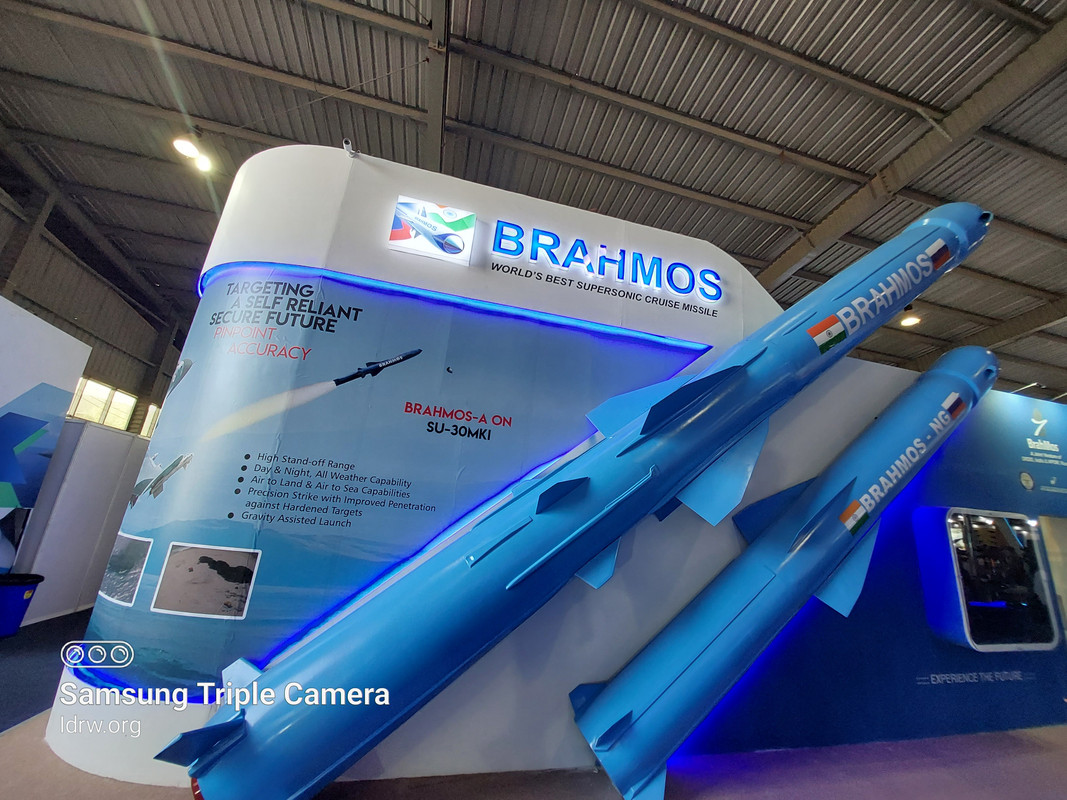

The highly anticipated BrahMos-NG supersonic cruise missile, a joint venture between India and Russia, is set to commence testing within the next two years. This announcement was made by A. Maksichev, co-director of the BrahMos joint venture on the Russian side, in a statement to TASS news agency.
The BrahMos-NG is a formidable weapon, weighing in at 1.3 tons and capable of being launched from any fighter aircraft. It is particularly designed to integrate seamlessly with the Indian Air Force’s Sukhoi-30MKI fleet. With a remarkable range of 290 kilometers and a blistering speed of Mach 3.5, the BrahMos-NG is poised to become one of the deadliest air-launched cruise missiles in the world.
Continue readingSOURCE: IDRW.ORG TEAM

The Indian Army has initiated a Request for Information (RFI) to bolster its domestic defense capabilities by seeking indigenous production of advanced 125mm Armour Piercing Fin Stabilized Discarding Sabot (APFSDS) ammunition. This critical component is essential for enhancing the firepower of the country’s T-72 and T-90 main battle tanks.
The RFI emphasizes the need for ammunition with superior Depth of Penetration (DoP) capabilities, a crucial factor in defeating modern armored vehicles equipped with advanced protection systems. By localizing the production of this essential munition, the Indian Army aims to reduce dependence on foreign suppliers and create opportunities for domestic defense industries.
Continue reading